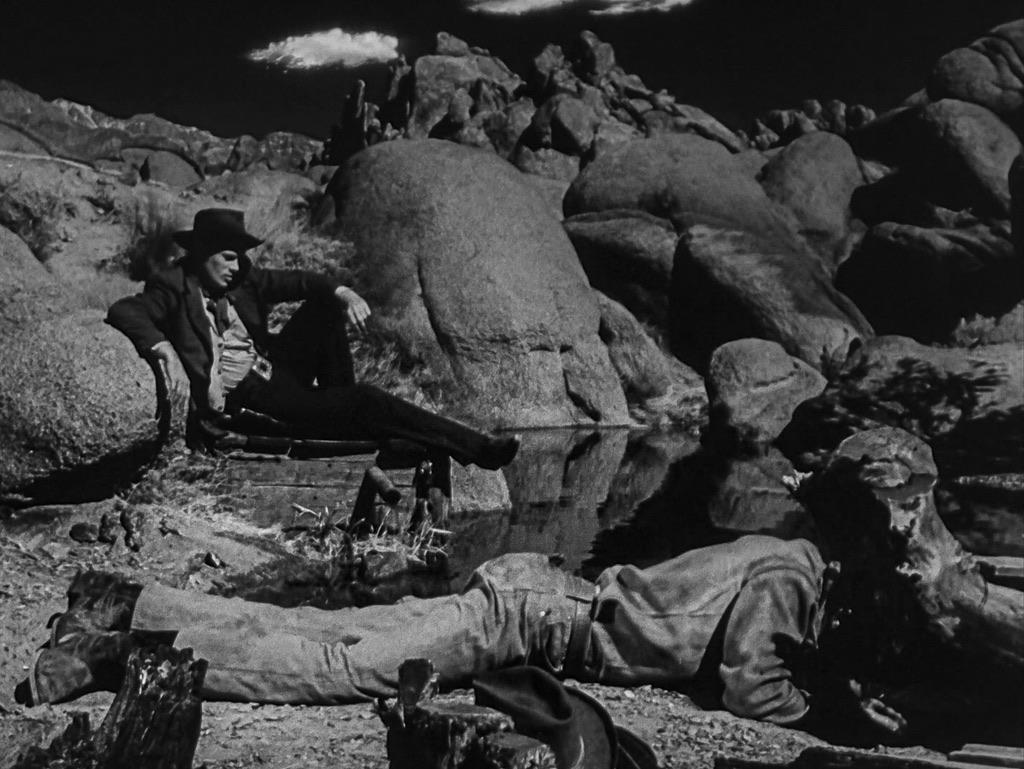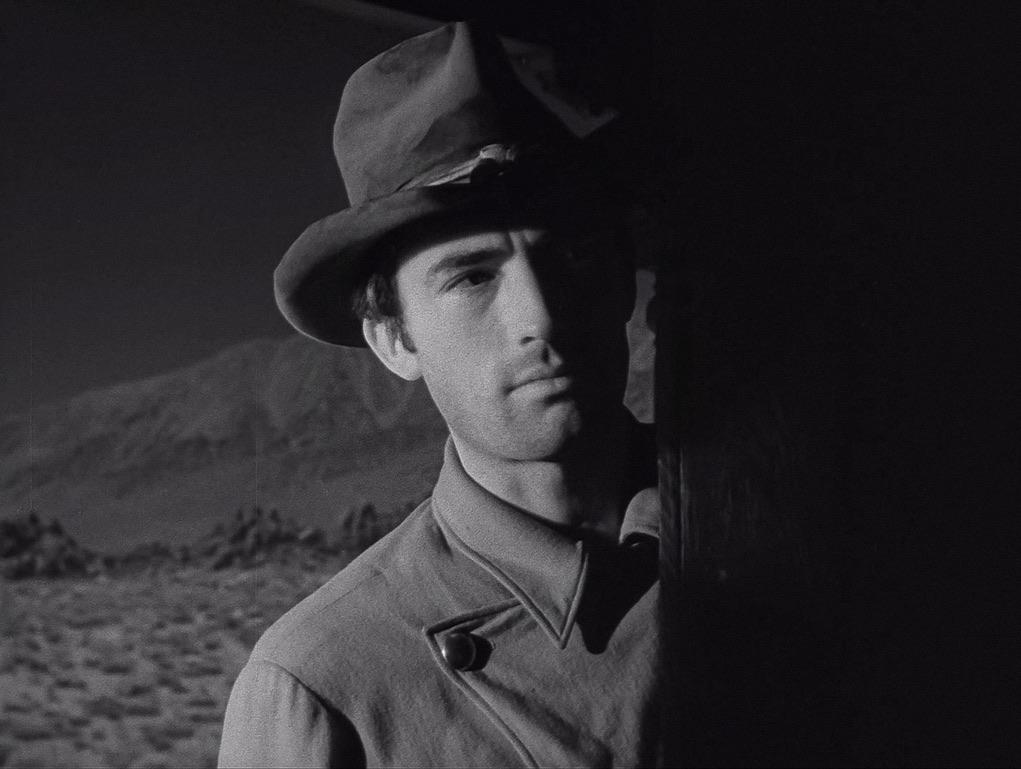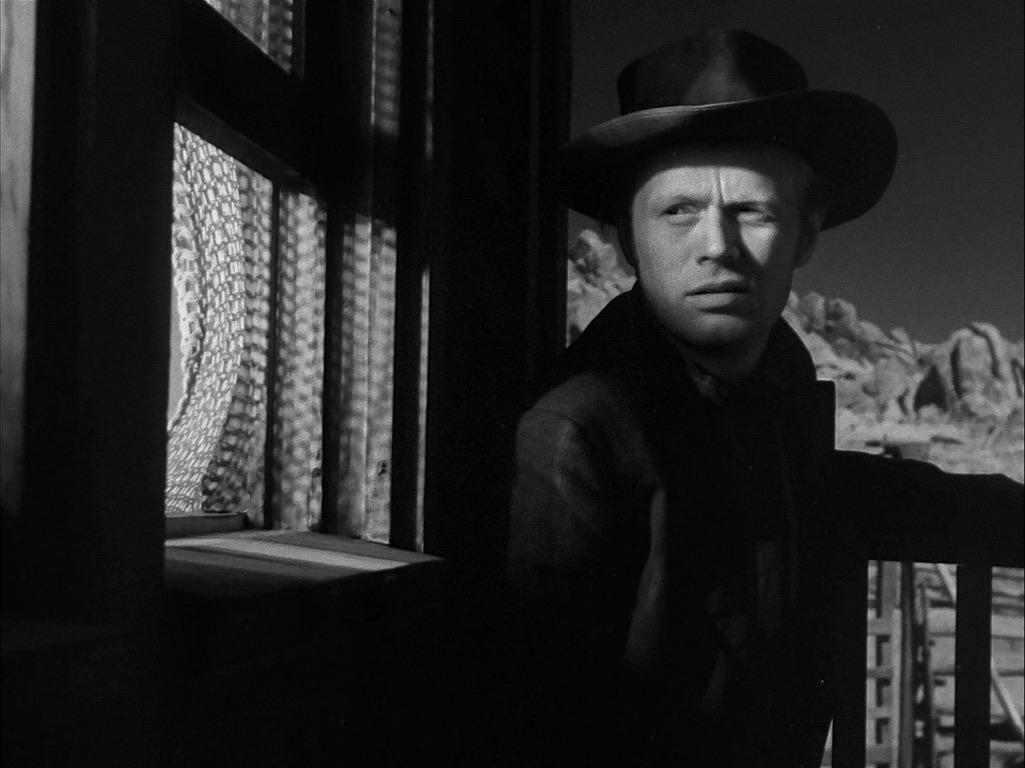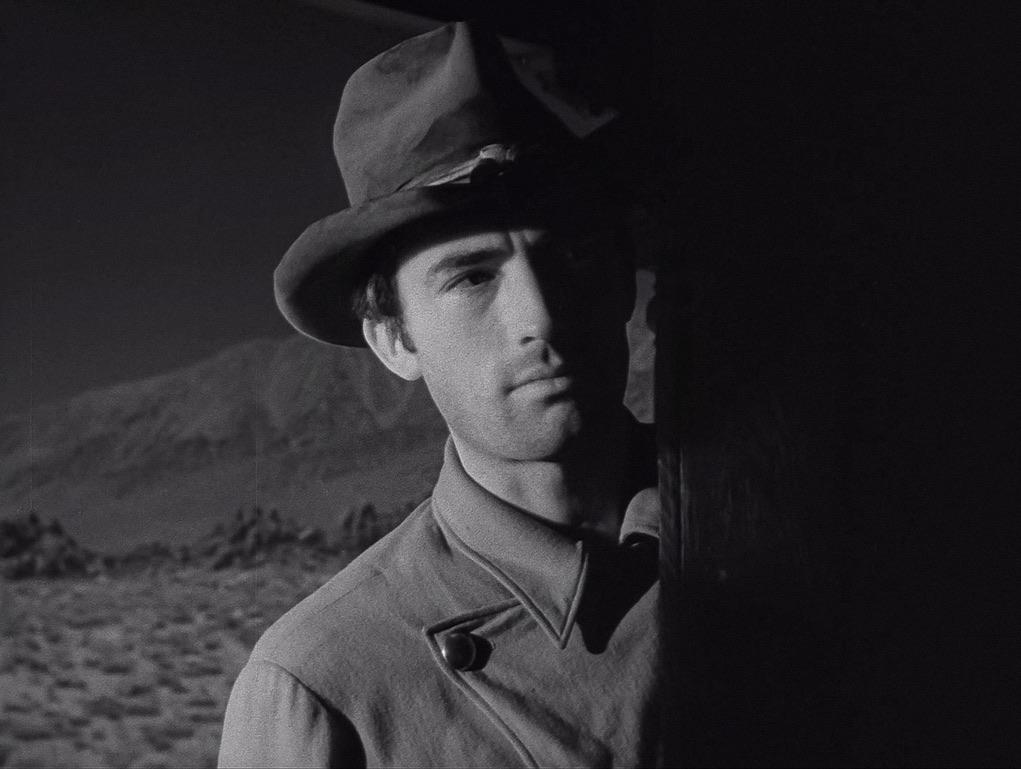Forum Replies Created
-
AuthorReplies
-
Surely whether a light looks moody at 10% or 100% is also a matter of ISO and f-stop chosen — after all, you can expose 10,000 foot-candles of full sunlight so that it looks like the .1 foot-candles of moonlight.
But you select an ISO and f-stop you like for noise & depth of field, then the light looks correct dimmed to 10% on your monitor/viewfinder, then what’s the problem?
When I was a beginner shooting on Super 8 film, I had one big light, a 650w open-faced tungsten made for Super 8 filmmakers. I did a short film on Plus-X b&w reversal, which was only 40 ASA and shot a moonlight scene using that light. Someone saw my short and said “wow, you worked in very dim light!” I was scratching my head because I worked in very bright light, it was just exposed to look dim.
If you are shooting digitally, you could try setting your camera to the ISO/shutter speed/f-stop you’d like to shoot at, turn on the LED lights at full, then by looking at an accurate monitor or your viewfinder if it has some exposure tools (zebras or false colors), start dimming the lights down individually until you like it.
November 16, 2023 at 8:50 pm in reply to: Desert Chase at Dawn scene in No Country for Old Men #215269OK, so three images didn’t work, I guess two is the limit.
Anyway, for the third time… I don’t think that chase scene in NCFOM is an example of day for night, it’s a night for night scene that goes into twilight for breaking dawn. The frames I just posted above are from “Yellow Sky” (1948), which has a lot of day for night shot on b&w infrared film by Joseph MacDonald. One artifact is that Gregory Peck’s black shirt goes grey due to IR pollution from the dyes in the fabric.
 November 16, 2023 at 8:45 pm in reply to: Desert Chase at Dawn scene in No Country for Old Men #215267
November 16, 2023 at 8:45 pm in reply to: Desert Chase at Dawn scene in No Country for Old Men #215267OK, one image works…

 November 16, 2023 at 8:45 pm in reply to: Desert Chase at Dawn scene in No Country for Old Men #215266
November 16, 2023 at 8:45 pm in reply to: Desert Chase at Dawn scene in No Country for Old Men #215266Test.
 November 16, 2023 at 8:44 pm in reply to: Desert Chase at Dawn scene in No Country for Old Men #215265
November 16, 2023 at 8:44 pm in reply to: Desert Chase at Dawn scene in No Country for Old Men #215265I tried again — I give up! I guess it doesn’t like me putting images into the text.
November 15, 2023 at 9:13 am in reply to: Desert Chase at Dawn scene in No Country for Old Men #215258I typed a long reply and by the time I hit “submit” the website software didn’t accept it I guess! It disappeared!
I could use Google and find the links… but then I’d wonder why you don’t use Google and find the links!
The issue with a moon lighting effect is that IF you want it to coming from a backlit angle, can you get it high enough for your widest shot?
So you have to calculate that — getting something to raise a light very high may be more of a budget issue than what light you are using, which is also dependent on what ISO and f-stop you want to shoot at. With some digital cameras, a single Skypanel 360 would light a block at night for moonlight, and that can be powered through a household circuit sometimes, but can you afford an 85′ condor for example?
The primary purpose of the 2383 print emulation LUT isn’t to create a film look, it’s to work within a color space/gamut that works for both a DCP and a film-out so the movie would look the same in both versions. It’s less of an issue today with so few film-outs being done.
You have to start with what you want it to look like before you figure out what lights are needed. What effect are you creating outside the windows? Passing streetlamps? Passing lights from buildings? Moonlight? All of them? What light is on inside the bus? What colors do you want? What makes sense for the scene logically? Dramatically? Are you matching sources established in exterior shots? You have to have all those answers before you start talking about Skypanels versus Astera tubes.
I’d also say that if the backgrounds are going to be black, you don’t want to overdo a lot of passing lights from multiple places that can’t be seen, unless you dirty up the windows a lot with rain drops & dust, etc. so that the light washes out the black background. Otherwise if the interactive light gets too busy like the bus is in the city, you’d expect to see a view. So if this is more of a lonely country road or suburban street, there would probably be just passing overhead streetlamps, so given that there isn’t a lot of light outside the bus, it suggests that there are some interior lights on unless you are aiming for a very moody, shadowy scene, which is possible. It all goes back to painting a picture in your head as to how it looks before you can then figure out how to light it.
Most of us work our way up in budgets so it’s partly a matter of scaling up over time in terms of crew, equipment, schedules, ambition, etc. I shot a dozen short films on my own where I was the entire crew, then I shot over 20 short films in film school with a tiny crew, then I shot over 20 small features before I even joined the union. It’s rare that someone makes a huge leap right at the start. But even if you do, you often have an experienced crew to support you.
In other words It’s a LUT for the initial color correction, not for the grading, Is It correct?
Isn’t “grading”, “timing”, and “color-correction” all the same term? The only differentiation today in digital is whether it is for dailies or for the final master. Sometimes VFX elements are pre-graded, or plates for process work.
Camera LUTs are mainly for on set displays and for dailies. Whether they get used as a starting point for the final color-correction just depends on how the colorist and cinematographer like to work. Some might start from scratch from the raw files but then throw on the camera LUT now & then to see how close or far they are.
You need some sort of LUT to convert a raw/log signal for display on a monitor, whether Rec.709 or P3 — most personal LUTs are close to the standard Rec.709 LUT, just tweaked either for personal taste or for a specific look.
Also the color science behind a particular camera design will have an effect on color, as well as any LUTs applied, etc.
-
AuthorReplies
